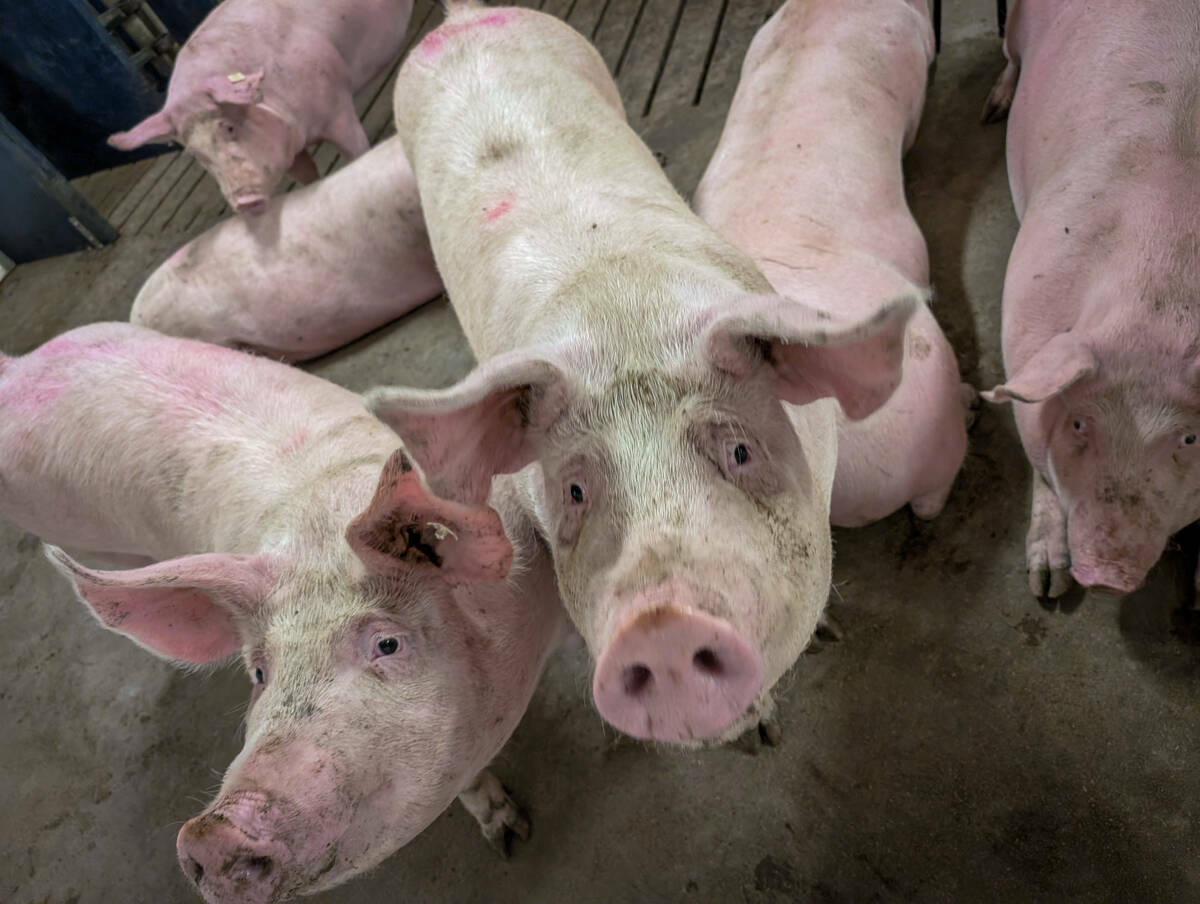Barley growers shouldn’t take scald resistance for granted, says an Alberta Agriculture cereal pathologist.
“Pathogens can overcome the varieties and different varieties may differ in background against a particular disease,” Kequan Xi said at the recent Cereal Disease Conference.
“You rotate the varieties and the genetic background so this can make varieties last longer and hold up with high disease pressure and pathogen variation.”
Researchers have been testing plots and nurseries in Edmonton and Lacombe for scald and net blotch (which often shows up when the former is present), as well as wheat stripe rusts.
Read Also

Ottawa pauses update on food from cloned livestock
Health Canada has indefinitely suspended a proposed update to the novel food policy governing foods derived from cloned cattle and swine, as well as their progeny.
They’ve found a huge variation in resistance among different cereal varieties, said Xi.
Jackson, Harrington and Argyle have good resistance to scald, and AC Metcalfe is rated low for scald susceptibility — but other commercial barley varieties lack resistance, he said.
“The bad ones include CDC Earl, CDC McGuire, CDC Radiant and AC Lacombe,” said Xi. “These lines were not bad when they were released, but after several years, they’ve become susceptible.”
Ten years ago, researchers tested four varieties of barley (AC Metcalfe, CDC Dolly, Harrington and Seebee) and found both scald and net blotch and their disease resistance are affected by seeding dates. Varieties seeded in early May showed high levels of scald, but levels were quite low when seeding was done in mid-May. Seeding dates did not seem to have quite as much of an effect on net blotch levels. Xi recommends producers use Alberta’s seed guide to find cultivars that are resistant to both scald and net blotch.
Barley and wheat stripe rust pathogens are present in the central part of the province. The pathogen for wheat stripe rust affects both wheat and triticale, while barley stripe rust affects only barley. Researchers have also found a hybrid stripe rust with DNA that appears to have barley and wheat stripe rust pathogens. It attacks all three crops, especially winter wheat.
Stripe rust was first found in Alberta a decade ago, and is becoming more common in central Alberta and around Lethbridge. Pockets of stripe rust have been found around Edmonton, but the disease hasn’t migrated north of there yet.
“We did see lots of severe infection, especially on the wheat side,” said Xi.
Stripe rust spores can overwinter in winter wheat or volunteer weeds or on old leaves, infecting next spring’s seedlings. Infection rates are influenced by a cereal variety’s resistance and environmental conditions. In one experiment, Xi and his team seeded several varieties of spring wheat and spring barley near winter wheat and spring wheat fields. By the end of season, the spring wheat had a high level of stripe rust, especially when seeded close to winter wheat. This led the scientists to believe stripe rust survives on winter wheat, causing early infections in spring.
Producers can manage stripe rust by applying fungicides, said Xi. The effectiveness of a fungicide is dependent on the disease severity, the interval between application and disease emergence, cultivar resistance and application timing.















